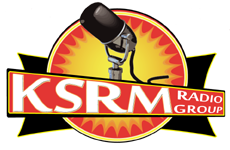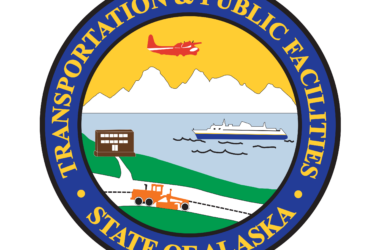The infrastructural and ecosystem viability of offshore wind energy development in Alaskan coastal waters served as one of the highlight topics discussed during the recent Kenai River Sportfishing Association Classic Roundtable. Wind turbines offer a high potential for renewable energy, but much is unknown about the effects such an addition would have on the critical ecosystem of coastal waters. Apropos, the impact such an addition would have on one of Alaska’s most critical economic features: its world class fisheries.
“What you can see here is that there’s a clear availability of wind resources in these planning areas,” said presenter Mike Waine, Atlantic Fisheries Policy Director for the American Sportfishing Association, as he showed a slide suggesting offshore wind turbines in Alaska represents the potential for as much as 3,800 Gigawatts of energy. For reference, the power contained in 1 Gigawatt is roughly enough to power 800,000 homes for 1 year (and is almost enough to send one DeLorean through time). One potential roadblock sitting in front of developing these offshore wind farms isn’t the 3,800 Gigawatt carrot, though, its not knowing exactly what the stick might be, or if there even is a stick.
“There is so much uncertainty across all those impact producing effects and those responses on our trust species, whether they’re salmonids, or they’re ground fish or they’re, like, humans – our fisheries themselves – we don’t know. They’re all priorities,” said Andy Lipsky, Offshore Wind Science Lead for the National Oceanic and Atmospheric Administration (NOAA).
Waine presented potential rollout standards for such windfarms, sharing how offshore projects in varying degrees of development around the country are providing useful data to answer the questions being asked by scientists regarding wind turbine impacts on marine ecosystems and fisheries. He suggested states and developers can follow the model established by oil rigs in the Gulf of Mexico, and that construction would be best performed during non-fishing seasons. Waine also noted how things like marine transit lanes and even something as far-reaching as decommissioning must be considered, as over time, fixed structures invariably become part of an ecosystem.
Lipsky pushed back against the notion that planning and protection of fisheries were not coequal goals of such offshore wind turbine projects. “The 2030 goal for 30 gigawatts of offshore wind energy, there’s a clause added to that, which is promoting ocean co-use and maximizing marine biodiversity,” Lipsky said. “Those are objectives of [NOAA’s] policies to advancing offshore wind energy development. There are challenges to doing all three of those things, but we can do them. We can design these things to have coexistence.”
Governor Mike Dunleavy, who was present to deliver the roundtable’s closing remarks, recognized the potential need for regulation, but echoed the need for further research into the science behind ecosystem impacts;
“Regulations will be part of it. I think the studies though, we have to have a discussion this year about the studies. We have to partner with other universities and other think tanks that are studying what’s going on across the Lower 48, in other places like Canada, Scotland, other places that have deployed these technologies offshore. We want to see what’s going on, what the impacts are and we have to do our own studies here in Alaska because we have salmon moving through these areas more so than probably any other place on the Earth. And so we gotta see how that impacts our own salmon and we need to have those discussions in the legislature this year.”
While off shore wind energy might not be just around the corner, it is on the table now, and Alaskans are looking to industry leaders, scientists, and lawmakers to collaboratively research the potential for this clean, renewable energy source.






